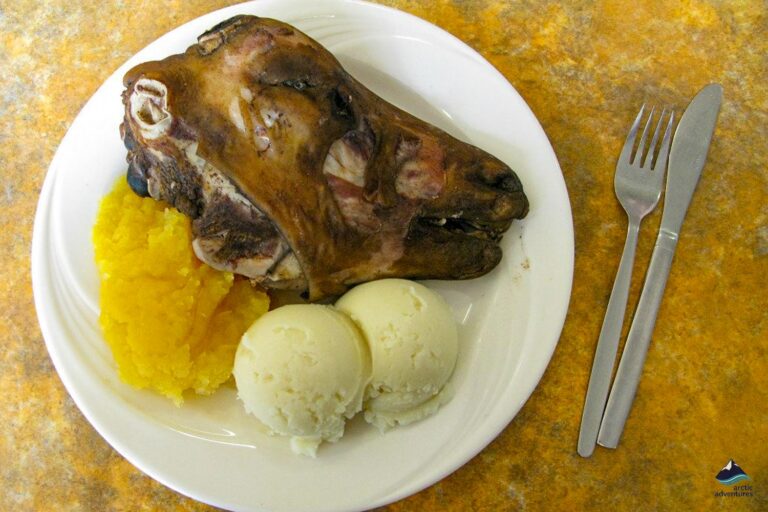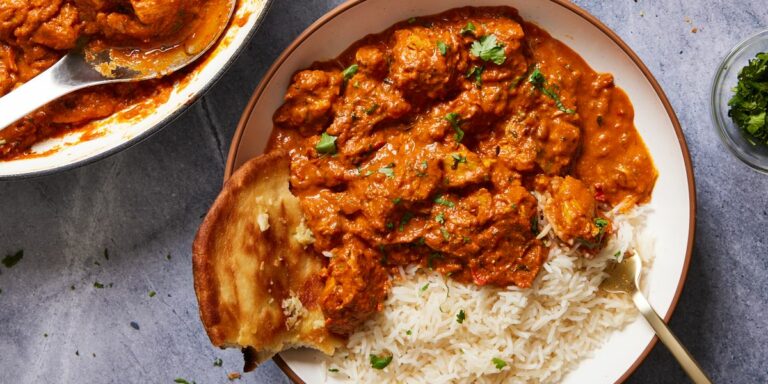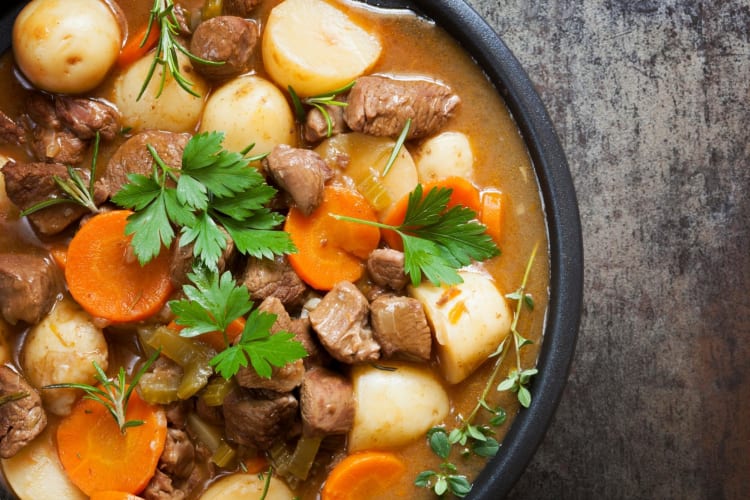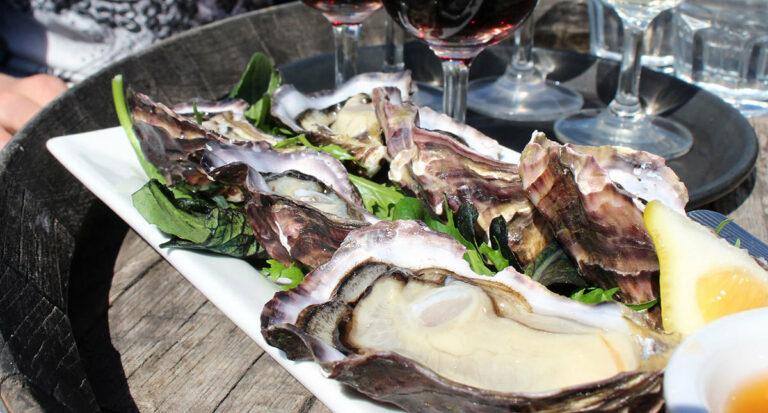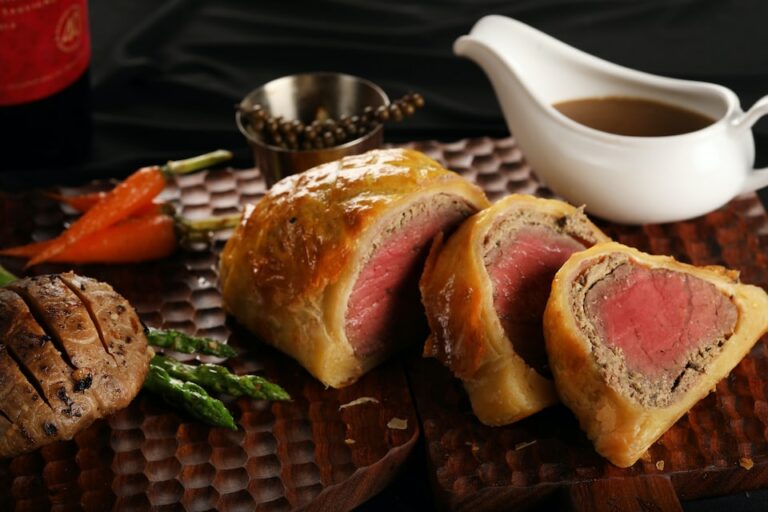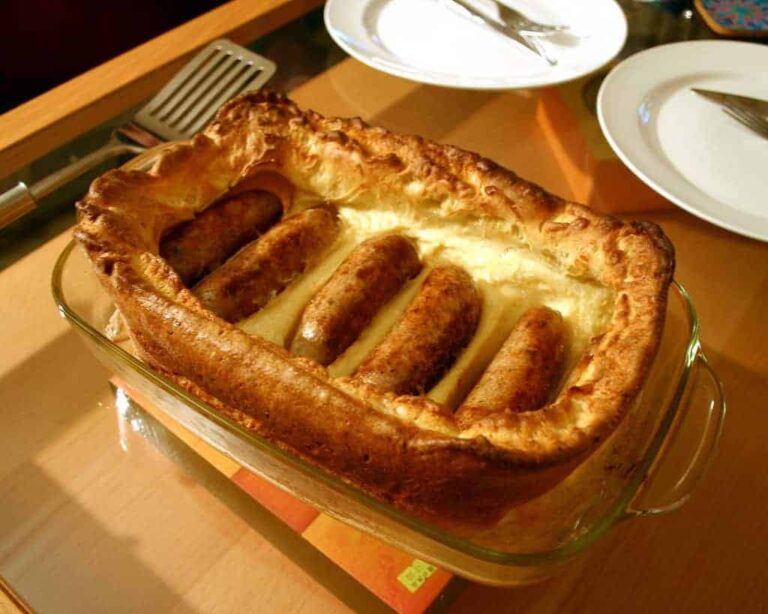Introduction: An Exploration of Guyanese Cuisine
Guyanese cuisine is a unique blend of African, Indian, Chinese, and Indigenous influences. It reflects the country’s diverse cultural heritage and history. Guyanese cuisine is known for its rich flavors, spices, and cooking techniques, making it a must-try for food enthusiasts.
The History of British Colonization in Guyana
Guyana was a British colony from 1815 until its independence in 1966. During this period, the British introduced new crops and livestock, including sugar, coffee, and cattle. They also brought in indentured servants from India to work on sugar plantations, which significantly influenced the country’s cuisine.
British Influence on Guyanese Cuisine
The British influence on Guyanese cuisine is evident in the country’s cooking techniques, ingredients, and dishes. British cuisine is known for its hearty and comforting dishes, such as roast beef, fish and chips, and shepherd’s pie. These dishes have become a part of Guyanese cuisine, often served on special occasions or as comfort food.
Traditional British Dishes in Guyana
The influence of British cuisine is most apparent in the traditional dishes of Guyana. Popular dishes like Pepper Pot, a stew made with meat, cassareep, and various spices, have been influenced by British cooking techniques. Other dishes like Cornish pasties, Shepherd’s pie, and fish and chips have also become a part of Guyanese cuisine.
British Influence on Guyanese Spices and Ingredients
The British brought spices and ingredients to Guyana that have now become staples in Guyanese cuisine. The use of nutmeg, cinnamon, and cloves in Guyanese cooking is a reflection of the country’s colonial past. The use of salt cod in dishes like Cook-up rice and fried rice is also a testament to British influence.
Conclusion: The Legacy of British Influence in Guyanese Cuisine
In conclusion, British colonization had a significant impact on Guyanese cuisine, with traditional British dishes becoming a part of the country’s cultural heritage. The British influence on Guyanese cuisine goes beyond the dishes themselves, with the use of spices and ingredients that have become a part of the country’s identity. Guyanese cuisine is a testament to the country’s cultural diversity and history, with each dish telling a unique story of its origin.


